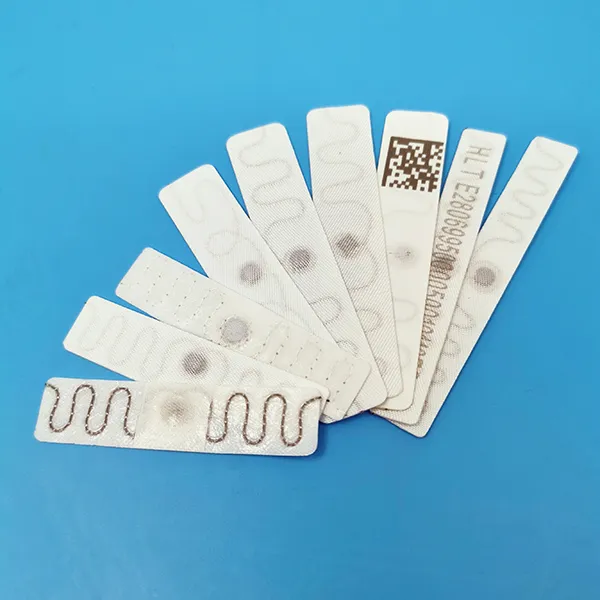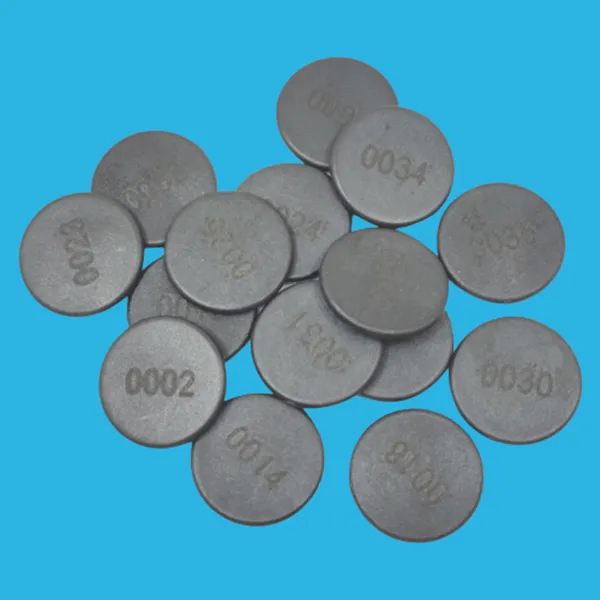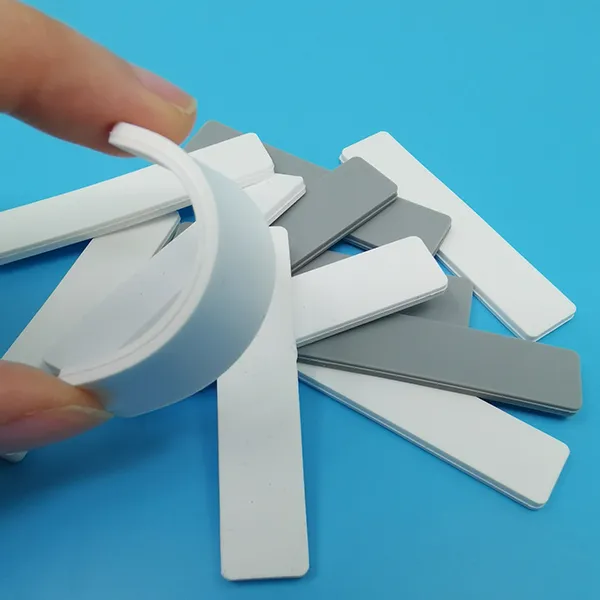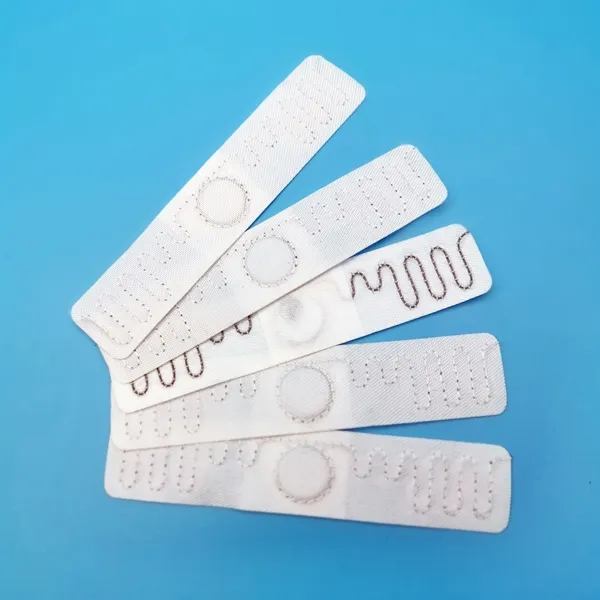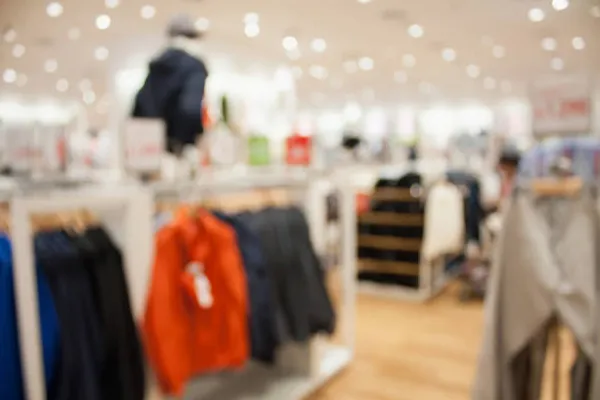Cleaning
RFID Tag for Cleaning Items Tracking
The cleaning industry has always been an essential part of our lives, ensuring that our workplaces and public spaces remain hygienic and safe. With the advent of technology, the industry has witnessed significant changes, one innovation is the use of RFID tags for tracking cleaning items such as mats, mops, carpets, rugs, and towels.
RFID smart linen tags are resistant to the vulcanization process and allow mats & mops in rolling machines to be read. They are extremely thin and very small which makes them imperceptible once installed on mats or mops. The read performance is the most advanced, will not miss reading. Variable data numbering or EPC encoding is welcome if you have on demands.
HUAYUAN RFID linen tags for mats & mops can be both single read or bulk reading based and employ extra-large cabins or full RFID systems depending on the dimensions of the mats.
What We Offer
Benefits at a glance
- Improved Inventory Management: RFID tag for cleaning allows managers to track items in real-time, providing accurate data on usage, location, and status. This information helps optimize inventory levels, reducing the need for excessive stock and preventing shortages.
- Improved Quality Control: RFID technology allows managers to monitor the cleaning process and ensure that all items are cleaned and maintained according to the set standards. This enhances the quality of cleaning, promoting a hygienic environment for users.
- Cost Saving: RFID technology can save costs in various ways, including reducing excess inventory, preventing loss or theft of cleaning items, and minimizing the need for manual record-keeping. By optimizing inventory levels, businesses can reduce waste and save money.
- Sustainability: By adopting RFID technology, the cleaning industry can significantly reduce paper usage, promoting sustainability, and contributing to a cleaner environment. Additionally, RFID technology reduces the need for manual processes, leading to lower energy consumption and carbon emissions.

